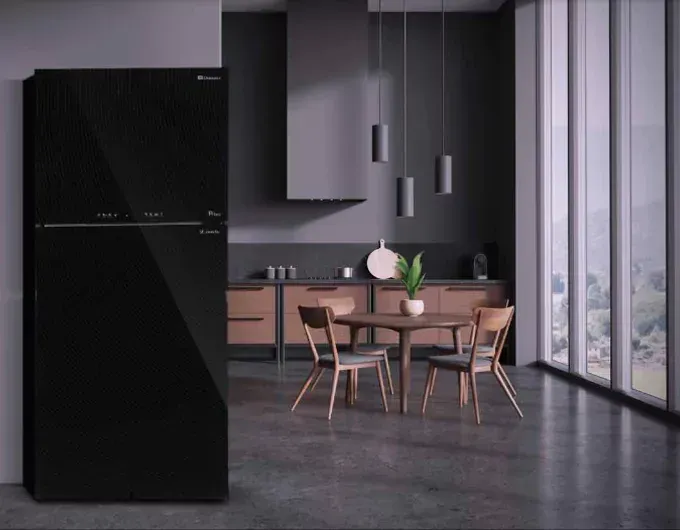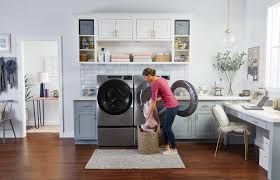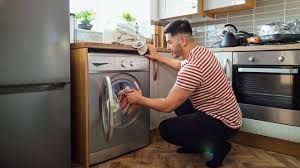Commercial Refrigeration Repair: A Comprehensive Guide
Commercial refrigeration is the backbone of many businesses, from grocery stores and restaurants to laboratories and medical facilities. When these systems malfunction, it can lead to significant financial losses and operational disruptions. This guide delves into the intricacies of commercial refrigeration repair, exploring common issues, troubleshooting techniques, maintenance practices, and the importance of professional servicing.
Understanding Commercial Refrigeration Systems
Commercial refrigeration systems are designed to maintain specific temperatures to preserve food, beverages, medicines, and other perishable items. These systems come in various forms, including walk-in coolers, reach-in refrigerators, ice machines, and display cases. The primary components of a commercial refrigeration system include:
- Compressor: Pumps refrigerant through the system.
- Condenser: Releases heat absorbed from the interior to the outside.
- Evaporator: Absorbs heat from inside the unit, cooling the contents.
- Expansion Valve: Regulates the flow of refrigerant into the evaporator.
Common Issues in Commercial Refrigeration
Several issues can affect commercial refrigeration systems, ranging from minor malfunctions to major breakdowns. Identifying these problems early can prevent costly repairs and downtime.
1. Temperature Fluctuations
Temperature inconsistency is one of the most common problems in commercial refrigeration. It can be caused by:
- Faulty Thermostat: A malfunctioning thermostat may not accurately gauge the internal temperature.
- Dirty Condenser Coils: Accumulated dirt and debris can reduce the efficiency of heat exchange, leading to temperature fluctuations.
- Leaky Door Seals: Worn or damaged door seals allow warm air to enter, causing the compressor to overwork.
2. Refrigerant Leaks
Refrigerant is crucial for the cooling process. Leaks can result in insufficient cooling and increased energy consumption. Common signs of refrigerant leaks include:
- Hissing Sounds: Indicate a refrigerant leak within the system.
- Ice Build-Up: Ice on the evaporator coils can signal low refrigerant levels.
- Increased Energy Bills: The system works harder to maintain the desired temperature, consuming more energy.
3. Compressor Issues
The compressor is the heart of the refrigeration system. Common compressor problems include:
- Overheating: Caused by electrical issues, low refrigerant levels, or dirty coils.
- Short Cycling: Frequent on/off cycles can indicate electrical problems or thermostat issues.
- Failure to Start: May be due to electrical problems, capacitor failure, or motor issues.
4. Electrical Problems
Electrical issues can lead to various malfunctions in commercial refrigeration systems. These include:
- Blown Fuses or Tripped Circuit Breakers: Can result from power surges or wiring issues.
- Faulty Wiring: Can cause intermittent operation or complete failure.
- Defective Capacitors: Capacitors help start and run the compressor; if they fail, the compressor may not operate correctly.
Troubleshooting Techniques
Effective troubleshooting is essential for diagnosing and fixing refrigeration issues. Here are some techniques to help identify and resolve common problems.
1. Inspect and Clean Components
Regular inspection and cleaning of key components can prevent many issues:
- Condenser Coils: Clean coils improve heat exchange efficiency. Use a brush or vacuum to remove dust and debris.
- Evaporator Coils: Check for ice build-up and defrost if necessary.
- Door Seals: Inspect for cracks or wear and replace if needed.
2. Check Refrigerant Levels
Low refrigerant levels can cause cooling problems. Use a refrigerant gauge to check levels and look for leaks if levels are low. Only certified technicians should handle refrigerants due to environmental regulations.
3. Test Electrical Components
Use a multimeter to test electrical components:
- Thermostat: Check for continuity and accurate temperature readings.
- Capacitors: Test for proper capacitance.
- Wiring: Inspect for continuity and signs of wear or damage.
4. Monitor System Performance
Observe the system during operation to identify abnormal behavior:
- Listen for Unusual Noises: Hissing, rattling, or banging can indicate mechanical issues.
- Check Temperature Readings: Compare actual temperatures with set points to identify discrepancies.
- Monitor Cycling Patterns: Short cycling or continuous running can signal underlying problems.
Maintenance Practices
Preventive maintenance is crucial for the longevity and efficiency of commercial refrigeration systems. Regular maintenance can reduce the likelihood of breakdowns and extend the lifespan of equipment.
1. Regular Cleaning
Keeping components clean ensures optimal performance:
- Condenser and Evaporator Coils: Clean monthly to prevent dust and debris build-up.
- Interior Surfaces: Clean spills and debris to maintain hygiene and prevent odors.
- Drain Pans and Tubes: Check for clogs and clean to prevent water overflow.
2. Routine Inspections
Conduct routine inspections to identify and address potential issues:
- Refrigerant Levels: Check semi-annually and refill as necessary.
- Door Seals: Inspect quarterly and replace if worn or damaged.
- Electrical Connections: Inspect for loose or frayed wires and tighten or replace as needed.
3. Lubrication
Lubricate moving parts such as fans and motors to reduce friction and wear. Use manufacturer-recommended lubricants and follow the prescribed schedule.
4. Professional Servicing
Schedule regular professional servicing to ensure thorough inspections and maintenance. Professional technicians can identify and address issues that may not be apparent during routine checks.
The Importance of Professional Servicing
While regular maintenance and basic troubleshooting can prevent many issues, professional servicing is essential for complex repairs and optimal system performance. Certified technicians have the expertise and tools to handle intricate problems and ensure compliance with safety and environmental regulations.
1. Expertise and Training
Professional technicians are trained to handle various refrigeration systems and issues. They have the knowledge to diagnose problems accurately and implement effective solutions.
2. Specialized Tools and Equipment
Repairing commercial refrigeration systems often requires specialized tools and equipment. Professional technicians are equipped with the necessary instruments to perform precise repairs and adjustments.
3. Compliance with Regulations
Handling refrigerants and electrical components requires compliance with safety and environmental regulations. Professional technicians are certified to handle refrigerants and ensure repairs meet industry standards.
4. Warranty Protection
Many commercial refrigeration systems come with warranties that require professional servicing. Attempting DIY repairs can void these warranties, leading to additional costs if something goes wrong.
Efficiency and Reliability
Commercial refrigeration repair is a critical aspect of maintaining the efficiency and reliability of refrigeration systems. Understanding common issues, employing effective troubleshooting techniques, and adhering to regular maintenance practices can prevent many problems. However, professional servicing remains indispensable for complex repairs and ensuring compliance with industry standards. By prioritizing maintenance and professional servicing, businesses can ensure their refrigeration systems operate smoothly, minimizing downtime and protecting valuable perishable items.




